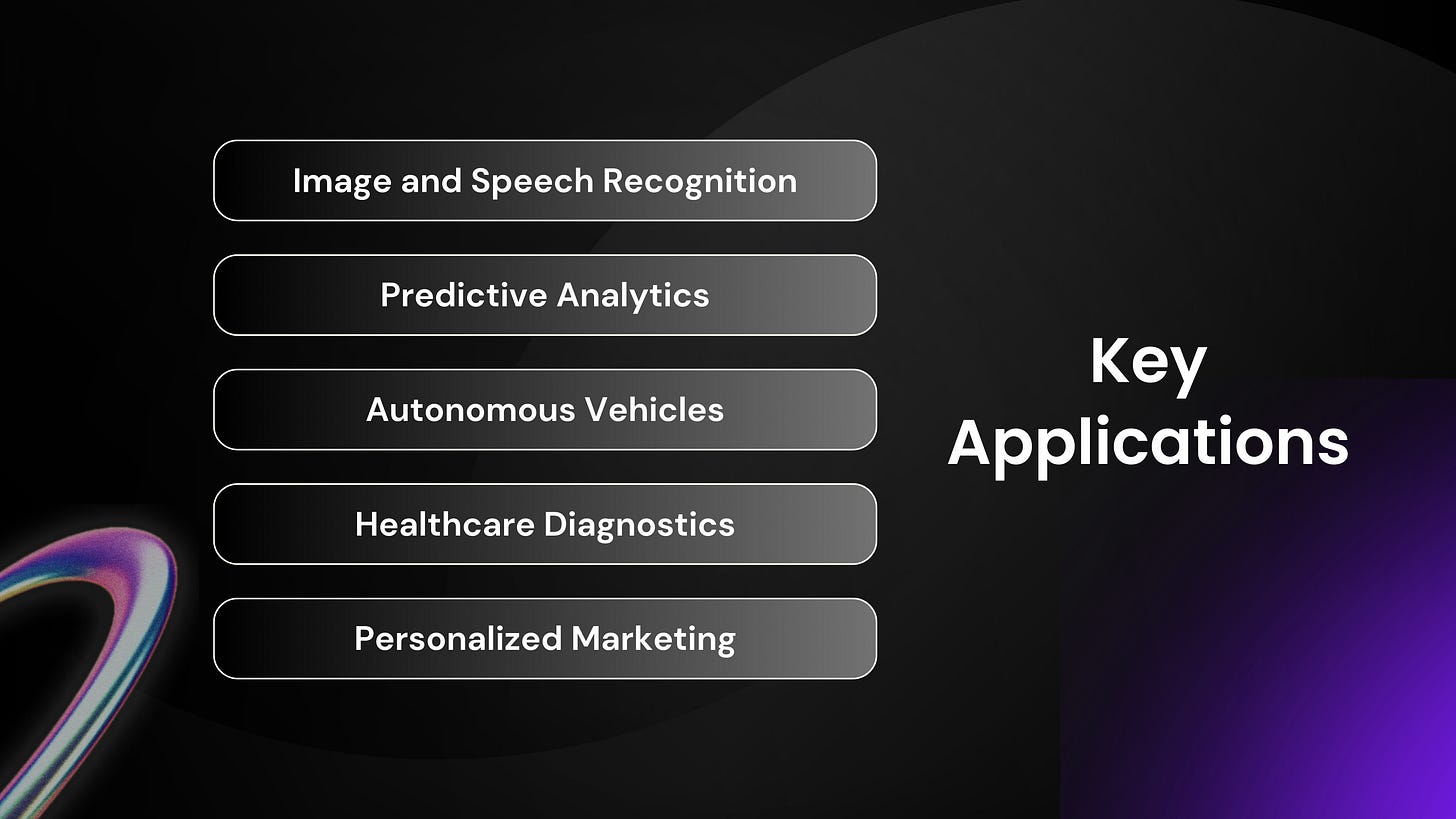AI NODES 101
Discover a Comprehensive Guide to node in AI: Your go-to resource for understanding the intricate language of artificial intelligence.
In the realm of artificial intelligence (AI), the concept of nodes plays a pivotal role, serving as a fundamental building block. Understanding the significance and dynamics of nodes in the context of AI is crucial for comprehending the intricacies of AI development and applications.
What is a Node in AI?
In the world of artificial intelligence (AI), a node is a fundamental component within the system. It acts as a point that receives, processes, and transmits data or signals.
Nodes play a crucial role in complex information processing, decision-making, and communication within AI networks. They enable the smooth flow and analysis of data, helping the system generate intelligent responses and outcomes.
These interconnected nodes form the backbone of AI systems, driving their functionality and enhancing their decision-making capabilities.
Background and Evolution of Nodes in AI
Origins of the Term "Node in AI"
The concept of a "node" in AI dates back to the early days of computing and AI development. Nodes were recognized as key components in computational models, facilitating data exchange and processing within systems.
Development of Nodes in AI
Over the years, nodes evolved alongside advancements in AI. Their role expanded from basic data exchange to handling complex decision-making, data analysis, and interactions within large AI networks. This transformation reflects the continuous refinement of nodes, adapting to the growing demands of AI systems.
Modern Evolution of Nodes in AI
In today’s AI systems, nodes have become dynamic components, powered by advanced neural networks and computational capabilities. These modern nodes align with the latest AI advancements, playing a crucial role in optimizing performance, scalability, and intelligent decision-making.
Throughout this journey, pivotal milestones have marked leaps in node capabilities, solidifying their essential role in modern AI frameworks. Their evolution underscores their significance in meeting the ever-changing needs of AI development and applications.
How Do Nodes Function in AI Systems?
Core Functions of Nodes in AI
Data Reception, Processing, and Transmission
Nodes act as decision points, where they receive input data, process it using algorithms, and transmit the processed information to other nodes or layers within the system. This process ensures that data flows smoothly, supporting the system’s ability to identify patterns, make decisions, and deliver accurate outputs.Step-by-Step Functionality
Receiving Input: Input nodes collect data from external sources, such as images, text, or numbers.
Processing Data: Hidden nodes analyze the input using specific algorithms to extract features and identify patterns.
Data Transmission: Processed information is relayed through intermediate nodes to ensure smooth data flow.
Generating Output: Output nodes convert the processed data into final results, such as a classification label or a prediction.
Key Characteristics of AI Nodes
Adaptability: AI nodes learn from the data they process, adjusting their behavior based on new information. This adaptability lies at the heart of machine learning and neural networks.
Interconnectivity: Nodes are interconnected, forming complex networks that enable collaborative data processing and decision-making. This interconnected structure allows multiple nodes to work together to solve sophisticated tasks.
Scalability: AI nodes are scalable, meaning the network can expand to accommodate larger datasets or more complex tasks. This scalability ensures AI systems remain efficient as they adapt to growing data demands.
Node Integration in AI Systems
The integration of nodes involves aligning their roles with the system’s objectives. Each node works cohesively within the broader AI framework, ensuring optimal interaction and collaboration to achieve intelligent and efficient outcomes. Relay nodes play a crucial role here by facilitating smooth communication between layers, enhancing the system’s overall performance.
Key Applications of Node-Based AI
AI nodes are used across diverse industries, highlighting their adaptability and effectiveness:
Image and Speech Recognition: Nodes help process complex visual and auditory data, enabling AI systems to recognize images and understand spoken language.
Predictive Analytics: Nodes analyze historical data to forecast trends, playing a critical role in sectors like finance and marketing.
Autonomous Vehicles: In self-driving cars, nodes process sensory inputs to make real-time decisions for safe and efficient navigation.
Healthcare Diagnostics: Nodes assist in analyzing medical images, identifying disease patterns, and supporting early diagnosis and treatment.
Personalized Marketing: Nodes analyze customer data to deliver targeted ads and recommendations, improving user engagement and satisfaction.
Future Potential of AI Nodes
Energy-Efficient Nodes: Advancements will focus on reducing power consumption, making AI more sustainable.
Bias Mitigation: Ongoing research aims to develop nodes that detect and minimize biases for fairer outcomes.
Enhanced Security: Future nodes will incorporate stronger security protocols to protect against cyberattacks.
AI nodes continue to evolve, promising smarter, more secure, and sustainable solutions across industries. However, addressing their limitations will be crucial to unlocking their full potential.
Final Thoughts
Nodes are more than just components—they form the foundation of AI’s functionality and future. Understanding them is key to grasping AI's full potential. As AI advances, nodes will continue to play a vital role in shaping its direction and capabilities.
This article aimed to answer the question, “What is a node?” by exploring their significance within AI. For deeper insights into AI concepts, explore more topics in our AI Terminology Guide.






